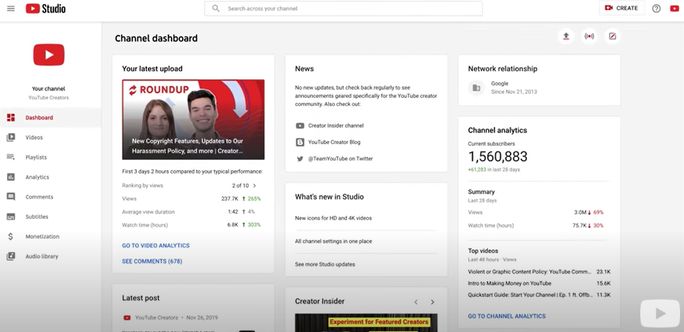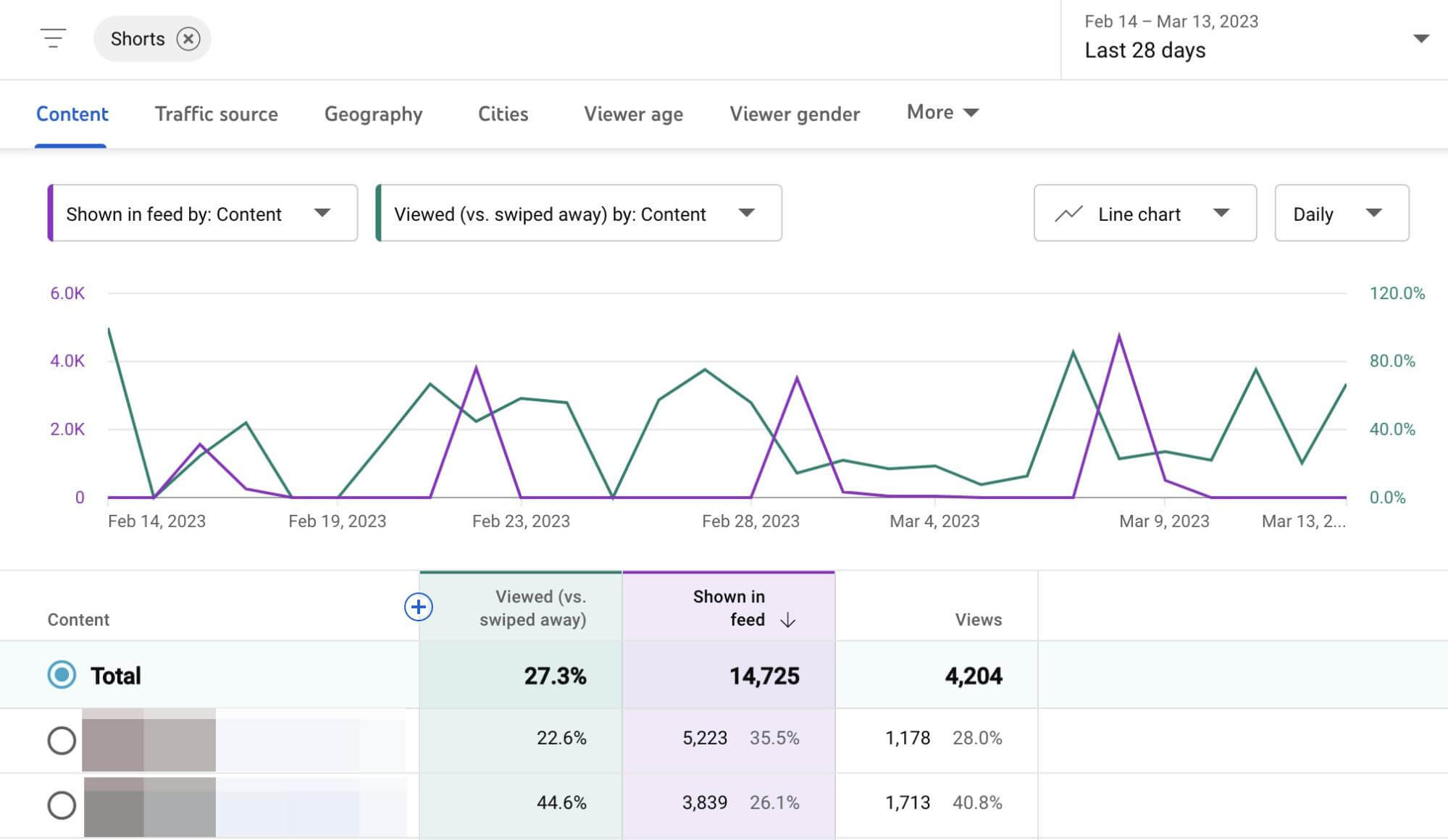Understanding YouTube’s Algorithm: How Timing Affects Your Video’s Performance
YouTube’s algorithm is a complex system that takes into account numerous factors to determine the visibility and engagement of a video. One of the key factors that influence a video’s performance is the timing of its upload. The algorithm assesses the timing of a video upload to determine its relevance, engagement, and monetization potential. By understanding how YouTube’s algorithm evaluates the timing of video uploads, creators can optimize their upload strategy to maximize their video’s visibility and engagement.
The algorithm evaluates the timing of a video upload based on various signals, including the time of day, day of the week, and time zone. For instance, uploading a video during peak hours, such as 12 pm to 4 pm EST, can increase its visibility and engagement, as more users are active on the platform during this time. Similarly, uploading a video on a Thursday or Friday can improve its performance, as these days tend to have higher engagement rates.
Moreover, the algorithm considers the consistency of a creator’s upload schedule. Creators who maintain a consistent upload schedule are more likely to see improved engagement and visibility, as their audience comes to expect new content at a specific time. Conversely, creators who upload sporadically may experience decreased engagement and visibility, as their audience may lose interest or forget about their channel.
Furthermore, the algorithm assesses the competition and audience fatigue when evaluating the timing of a video upload. Uploading a video during a time when there is less competition can improve its visibility and engagement, as it is more likely to stand out in a crowded feed. On the other hand, uploading a video during a time when the audience is fatigued or overwhelmed can decrease its performance, as users may be less receptive to new content.
By understanding how YouTube’s algorithm evaluates the timing of video uploads, creators can develop a winning upload strategy that maximizes their video’s visibility and engagement. By considering factors such as peak hours, consistency, competition, and audience fatigue, creators can optimize their upload schedule to reach their target audience and achieve their goals.
Identifying Your Target Audience: When Are They Most Active?
Understanding your target audience’s schedule, preferences, and online behavior is crucial to determining the best time to upload your video on YouTube. By knowing when your audience is most active, you can increase the visibility and engagement of your video, ultimately driving more views, likes, and shares.
To identify your target audience’s schedule, you can use YouTube Analytics to track their engagement patterns. Look for the times of day and days of the week when your audience is most active, and adjust your upload schedule accordingly. For example, if your audience is most active during lunch breaks (12 pm to 2 pm EST), consider uploading your video during this time to maximize visibility.
Another way to determine your target audience’s schedule is to analyze their online behavior. Use tools like Google Trends or social media analytics to identify the times of day and days of the week when your audience is most active online. This can help you identify patterns and trends that can inform your upload strategy.
It’s also important to consider your target audience’s preferences and interests when determining the best time to upload your video. For example, if your audience is primarily composed of students, they may be more active during the evening hours (6 pm to 10 pm EST) when they are studying or relaxing. On the other hand, if your audience is primarily composed of working professionals, they may be more active during lunch breaks or early morning hours (7 am to 9 am EST).
By understanding your target audience’s schedule, preferences, and online behavior, you can optimize your upload strategy to maximize visibility and engagement. This can help you reach your target audience at the right time, increasing the chances of your video going viral and driving more views, likes, and shares.
Some popular tools for identifying your target audience’s schedule and online behavior include:
- YouTube Analytics: provides insights into your audience’s engagement patterns, including views, likes, and shares.
- Google Trends: helps you identify patterns and trends in your audience’s online behavior.
- Social media analytics: provides insights into your audience’s online behavior, including engagement patterns and demographics.
By using these tools and analyzing your target audience’s schedule, preferences, and online behavior, you can determine the best time to upload your video on YouTube and maximize visibility and engagement.
How to Use YouTube Analytics to Inform Your Upload Strategy
YouTube Analytics is a powerful tool that provides
How to Use YouTube Analytics to Inform Your Upload Strategy
YouTube Analytics is a powerful tool that provides
How to Use YouTube Analytics to Inform Your Upload Strategy
YouTube Analytics is a powerful tool that provides
How to Use YouTube Analytics to Inform Your Upload Strategy
YouTube Analytics is a powerful tool that provides
How to Use YouTube Analytics to Inform Your Upload Strategy
YouTube Analytics is a powerful tool that provides
How to Use YouTube Analytics to Inform Your Upload Strategy
YouTube Analytics is a powerful tool that provides






